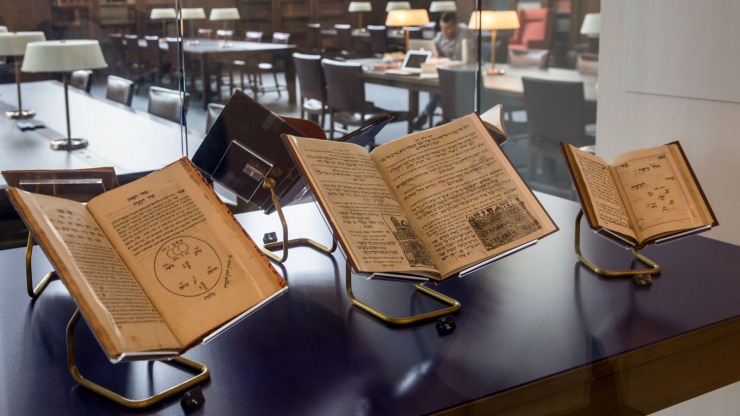
Behind the clean minimalism of a straightforward website and future accessibility of our historical database, a lot goes on. Years of strategic planning, hours of meticulous research, endless development Zooms— they’re all integral parts of the process. Today, we’ll be highlighting the backbone of the project: our research assistants. Throughout the years, we’ve had countless students, including undergraduates, MA and PhD students, and even high schoolers, contributing their time and efforts to conducting research on the history of Indigenous enslavement in America. They’ve scoured archives, combed through thousands of documents, and delved into countless online books and volumes that build their understanding of Indigenous peoples’ presence and importance on these lands.
No student knows this process better than the subject of today’s post— Zoe Zimmermann, Brown student and Stolen Relations Research Assistant Coordinator. Graduating this winter, Zimmermann has been a critical part of the project team since her sophomore year in 2020. After reaching out to Dr. Linford Fisher, the project’s Principal Investigator, and hearing about Stolen Relations’ early stages, she initially joined as an aide to Dr. Fisher’s ongoing book development. When the pandemic hit that year and archives closed for visitors, Zimmermann transitioned her efforts to the creation of the Stolen Relations database as a research assistant.
The gravity of unraveling and publicizing underrepresented narratives of enslaved Indigenous peoples became increasingly clear throughout her time on Stolen Relations, as she learned more about prominent aspects of our past that had been rarely mentioned in prior education. Whether it was the various forms of unfreedom that existed or the sheer number of enslaved Indigenous individuals, Zimmermann felt she was being introduced to a new terrain of American history. “I really liked the research I was doing— I felt that having a digital, public-facing, accessible website like this was really important and I found the work to be incredibly interesting. So I stuck with it,” counts Zimmermann about her early involvement.
After months of working on the project, Zimmermann took on a leadership role as the Research Assistant Coordinator in the spring of 2021, in which capacity she continues to operate. She highlights that the research being conducted largely looks the same as it did when she first began— the only difference is that she now guides others through it.
The process starts with finding sources from the seventeenth through nineteenth centuries (most often recommended by a Stolen Relations team member or community partner), both secondary and primary, that are suspected to contain references to enslaved Indigenous individuals. A source is then assigned to a research assistant who either reads the source in its entirety or, if online, searches using a range of keywords. When the students come across evidence of an enslaver or enslaved Indigenous person, they take down the full transcription and information in a research document that is created for that source. The final step is to input all related information into the Stolen Relations database for permanent documentation. In most cases, a second set of eyes eventually double checks the entries for accuracy and to ensure that faulty information has not been introduced into the process.
The research and database entry process can be time consuming and slow. Currently we have records for more than 4,500 individuals, mostly related to New England, but also drawn from records related to California, the US South, and the Caribbean. Our RAs are pursuing over twenty projects, each grounded in a more profound comprehension of Indigenous enslavement but focused on a region, theme, or specific source of documents. With a mission of being as comprehensive as possible, Stolen Relations maintains a team of research assistants whose information-seeking is never ending— there are always more stories to be told. The challenge moving forward will be to try to expand the networks and researchers to other regions, since the scale of the project is so large.
Part of the Stolen Relations team activity during this first year of the NEH grant cycle is also to continuously be in conversation with our tribal representatives. They have access to all of the information we are collecting and ultimately get to decide if there are materials that are too sensitive for public consumption. This is the last and final vetting of the information in the database before it is released to the public (hopefully a late 2023 launch).

Zimmermann, who now ensures that the organizational structure and execution of research prioritizes productivity and breadth, wouldn’t have it any other way. “This project has made it really clear that our research does have implications for living people. There are real stakeholders for this history, so it’s really important that it gets done and that we do it right,” she emphasizes.
Laura Tamayo
